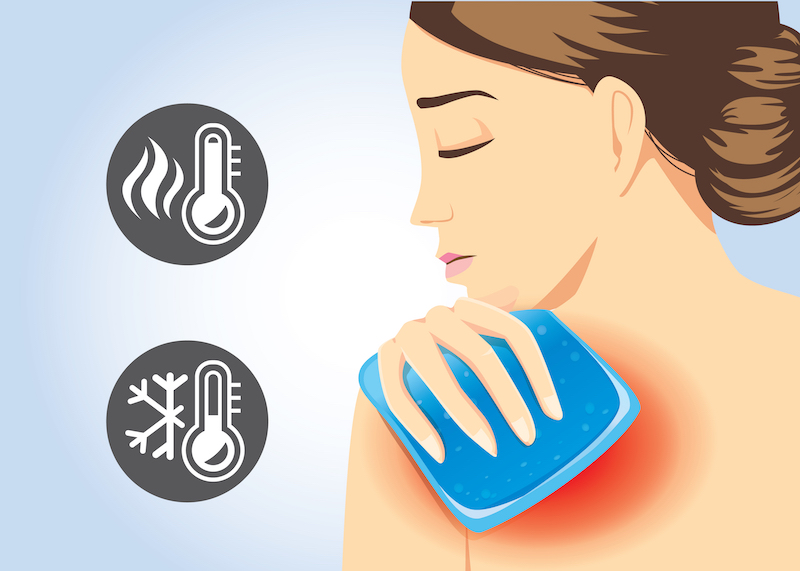Looking for a shoulder specialist in Visalia? We can guide you through every stage of treatment if you adhesive capsulitis
The shoulder is a ball-and-socket joint, with the upper arm bone (humerus) serving as the “ball” and fitting into the “socket” of the shoulder blade (scapula). The bones and other structures of the shoulder are surrounded by a structure called the shoulder capsule, which is made up of strong connective tissue that helps hold the humerus to the scapula. Adhesive capsulitis, or frozen shoulder, occurs when scar tissue forms within the shoulder capsule. Inflammation of the capsule causes severe pain, inflammation, scarring and a tightening of the shoulder joint, which means there is less room to move the shoulder normally.
Although frozen shoulder affects up to 5% of the population, it’s not entirely clear why it develops. In general, it’s believed that not moving the shoulder joint normally for a long period of time is one of the leading factors, as most people who get frozen shoulder have kept their shoulder immobilized due to a recent injury, surgery, pain or some other condition. People between ages 40-60, women and those with arthritis, diabetes, cardiovascular disease and other health conditions are also more likely to develop it.
The Stages of Adhesive Capsulitis Development and Resolution
Frozen shoulder usually develops slowly and gets progressively worse with more pain and loss of motion over time. This is typically broken down into four stages:
- stage 1 consisting of the onset of symptoms, which gradually get worse over 1-3 months.
- Stage 2 is the “freezing” stage, which generally occurs 3-9 months after symptoms start and is very painful.
- Stage 3 is the “frozen” stage in which the shoulder becomes even more stiff and difficult to move.
- Finally, the “thawing” of stage 4 occurs within 12-15 months, in which pain decreases significantly and range of motion begins to improve.
Conservative Care is the Best First Choice
There are a number of treatment options available for frozen shoulder, but physical therapy is one of the best options because it’s effective for addressing symptoms at every stage. The goal of physical therapy is to control pain and improve strength and flexibility to help patients move their shoulder more easily, and treatment will consist of:
- Heat and/or ice
- Stretching exercises
- Manual therapy
- Strengthening exercises
- Specific activity training
The benefits of physical therapy for frozen shoulder can be seen in the findings of a recent study, which evaluated if several commonly used physical therapy interventions were effective for patients with this condition. Here are the results:
Adding a structured rotator cuff strengthening program to TENS and joint mobilization in the treatment of frozen shoulder resulted in improvements in pain, range of motion and function. Reference: https://www.ncbi.nlm.nih.gov/pubmed/27884497
If You Need a Shoulder Expert Here in Visalia, We Provide All Natural Care – No Drugs, Injections, or Surgery
Frozen shoulder is clearly a serious condition that requires a great deal of time to fully recover from, but physical therapy can significantly speed up this process. If you have symptoms of frozen shoulder, contact us for a consultation right away and we can get you started on a treatment program that will safely help you regain your shoulder function.

